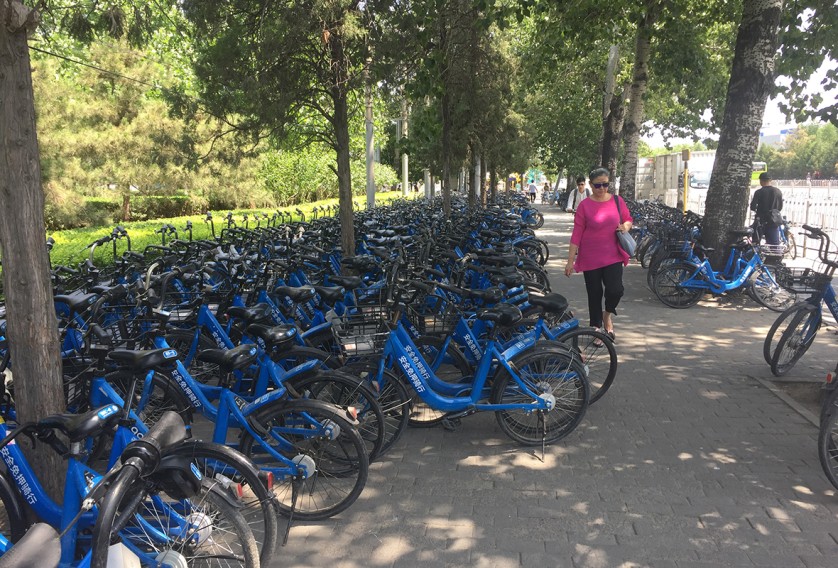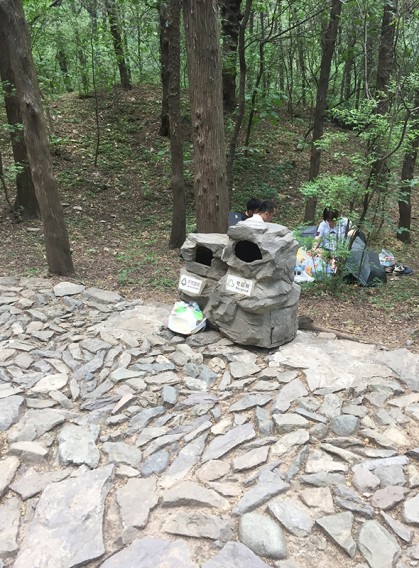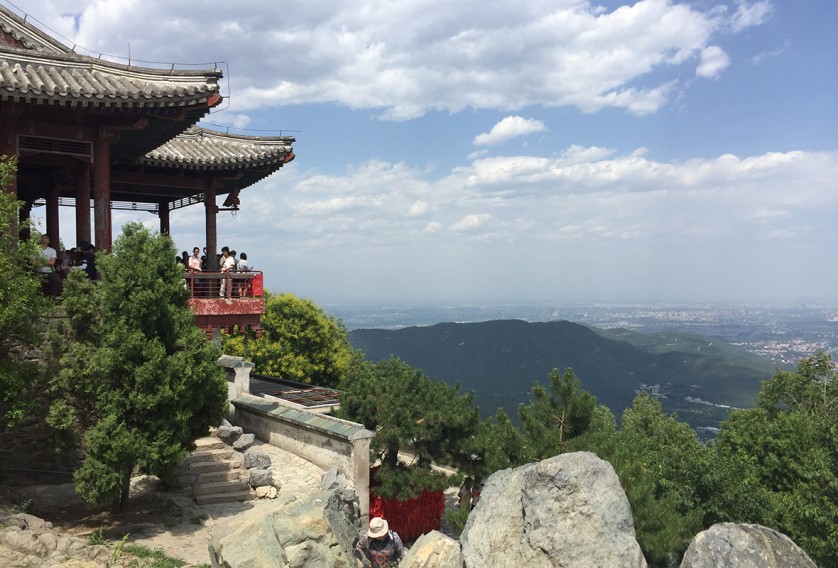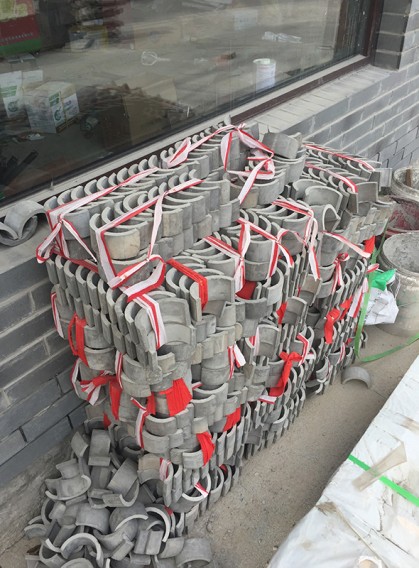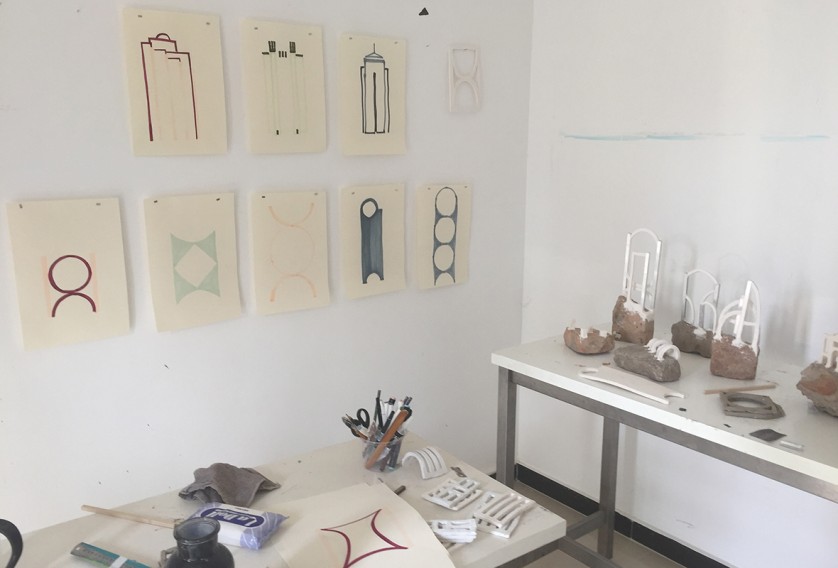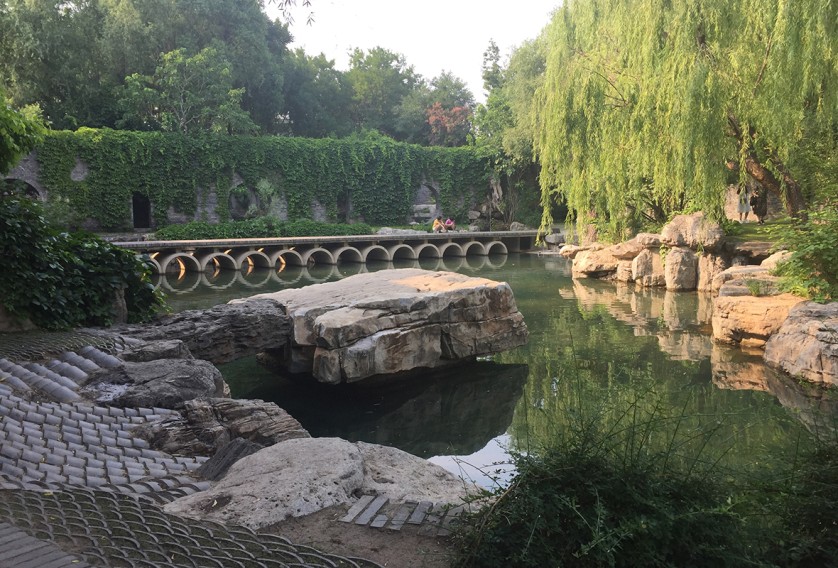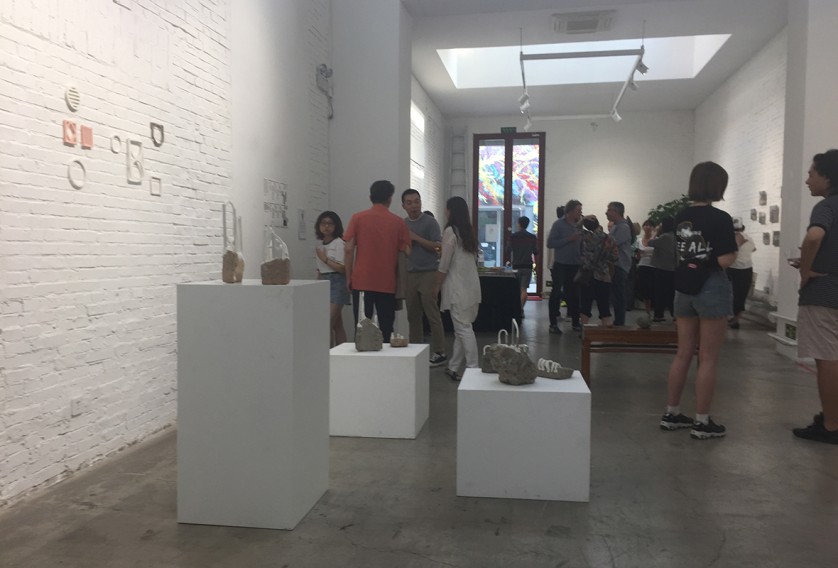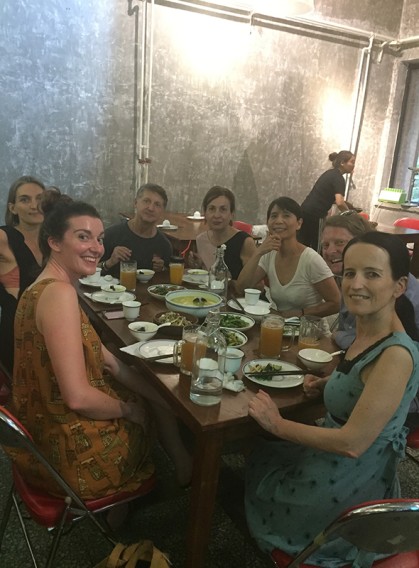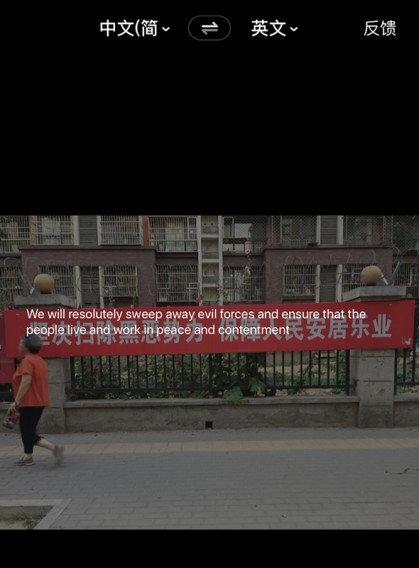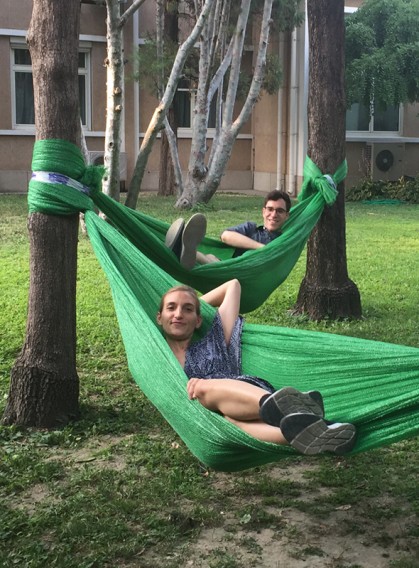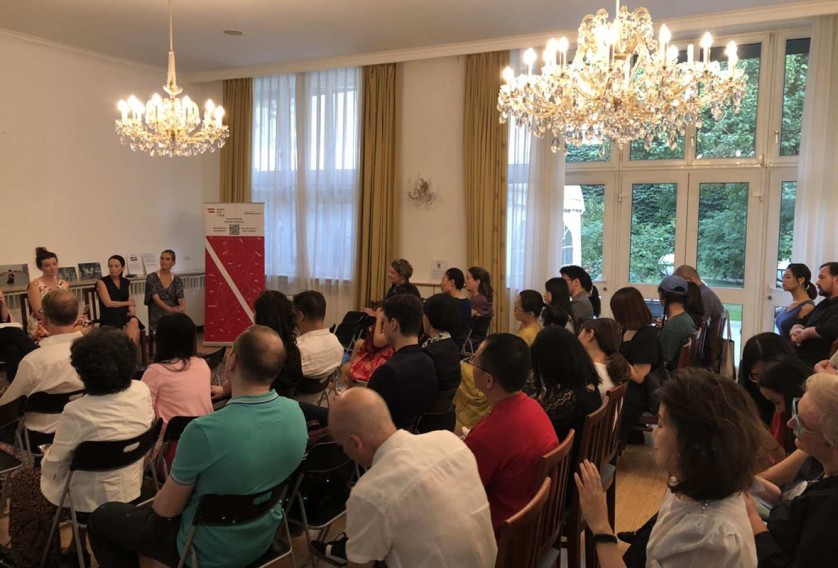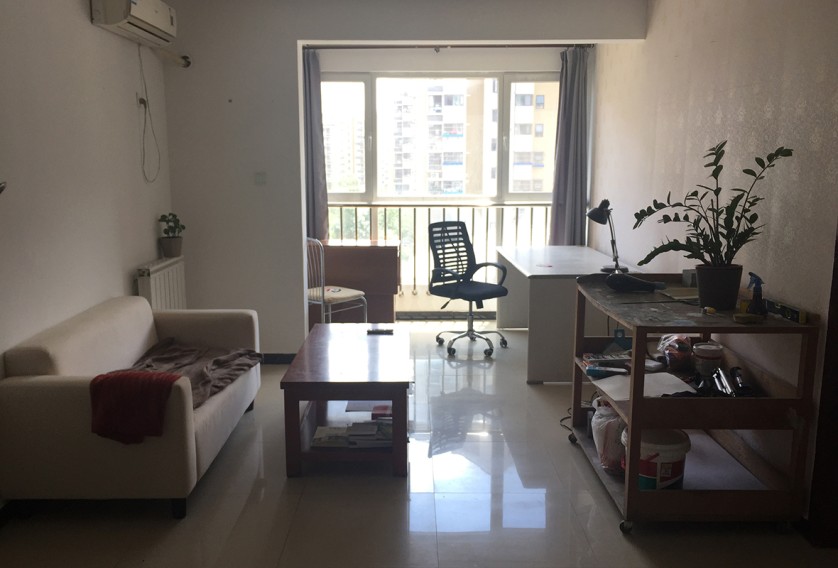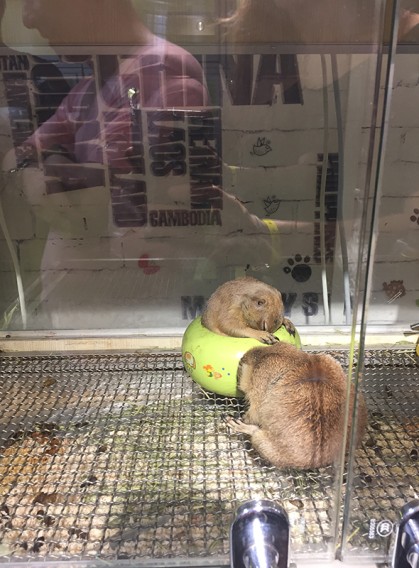Marit Wolters
A city that is being rebuilt as you watch. Jingwang in the middle. Surrounded by groves planted in orderly lines and a lot of building land, the small town with approximately 15,000 people is situated on the outskirts of a huge metropolis. Actually, this area out here was intended to be the green belt of the city – the showcase for the government’s new environmental policy. But then the town simply outgrew the plans and the just planted desert groves turned into residential high-rises. They pop up like mushrooms overnight, floating like islands in a sea of wasteland. The banners with political slogans put up along the fences make sure that the residents have the right attitude.
Life out here is not bad.
In the evening, the people assemble in the square and dance until you cannot see the feet of the people in front of you anymore and start stumbling. As a stranger, you do not recognise the differences between the individual dance groups and you can simply join one of the groups for your daily exercise.
The non-dancing residents of the neighbourhood also feel fine and spend the mild summer nights together at the restaurants or on the benches along the street.
| 1. | My stay in one word: |
| Living on a bizarre island | |
| 2. | Things I miss since I am no longer there: |
| The surprisingly delicious food. Before my stay I was afraid of having to live on a diet of deep-fried pork offal, but had to realise that they have an incredibly vast choice of vegetarian dishes. A thousand different vegetables prepared in most diverse variations. As a vegetarian, you actually are better off there than at home. I already miss that food is always ordered together and shared. | |
| 3. | Dos & Don'ts at this place? |
| Dos: Just ask anyone if you want to know something: you will never get anunfriendly answer. Red Brick Art Museum: the greatest museum gardens worldwide! Massage by the blind! Where else can you get a one-hour full body massage at a price of 10 euro? Don’ts: Riding a bike in big streets: the smog will kill you and you will only sweat under a mask. |
|
| 4. | Where you can buy great supplies: |
| In the area around the art university. The assistant, Xiao Rong, will gladly show you the best places. If you have somebody who can navigate the Chinese internet, you can also order on tabobao: they have everything you may wish for, delivered within 24 hours. | |
| 5. | What you should definitely bring with you from home: |
| If you like to drink herbal infusions, you should take along a sufficient stock. In China, tea is always green or white tea. They do not know our concept of herbal infusions. | |
| 6. | On art at my residency place: |
| I found that my art does not fit in at all. When it comes to sculptures, it is always about huge dimensions and usually high-end productions, brightly polished down to the last detail. Not really my world, but interesting to see for once. Also, the craft aspect still plays a bigger role in general. | |
| 7. | Around the studio – this is where I go shopping, drink a coffee and get the best lunch specials within walking distance: |
| Probably the best food can be found in the supermarket around the corner –it has a counter with cold dishes. You can easily get a lunch for one euro for eating at home. After you arrived, it is worthwhile to go to each supermarket and find your personal favourite. | |
| 8. | Where I like to spend the evening (dinner, drinks and best sound): |
| Not so easy in Jingwang where the apartment is situated. It is better in the city centre, e.g. at the dada, the bar of autospace or at an opening in the i-projectspace (my personal favourite!). | |
| 9. | What I would have liked to know about the studio already at the start of my residency: |
| Once you are on your way, everything goes the way it goes anyway. |
Website resident: maritwolters.com

